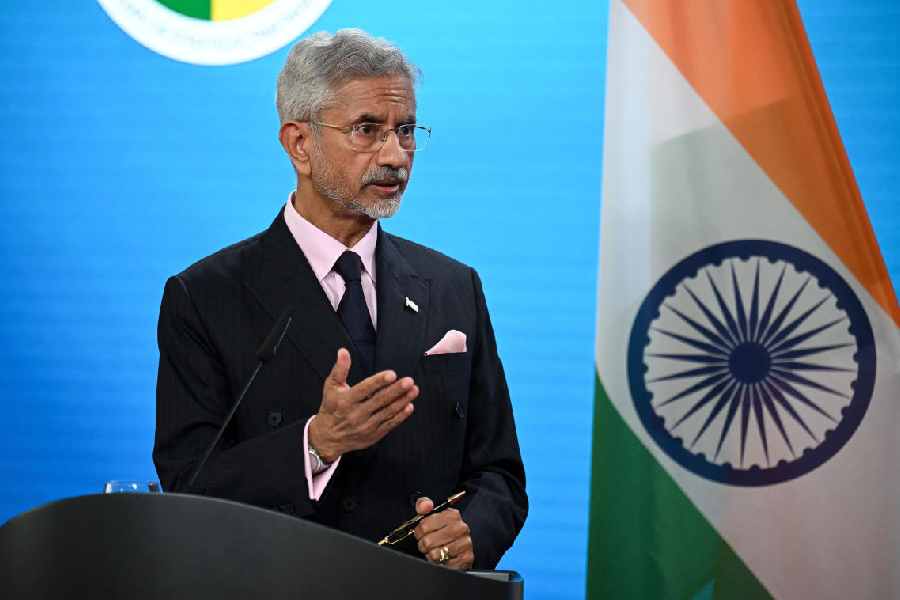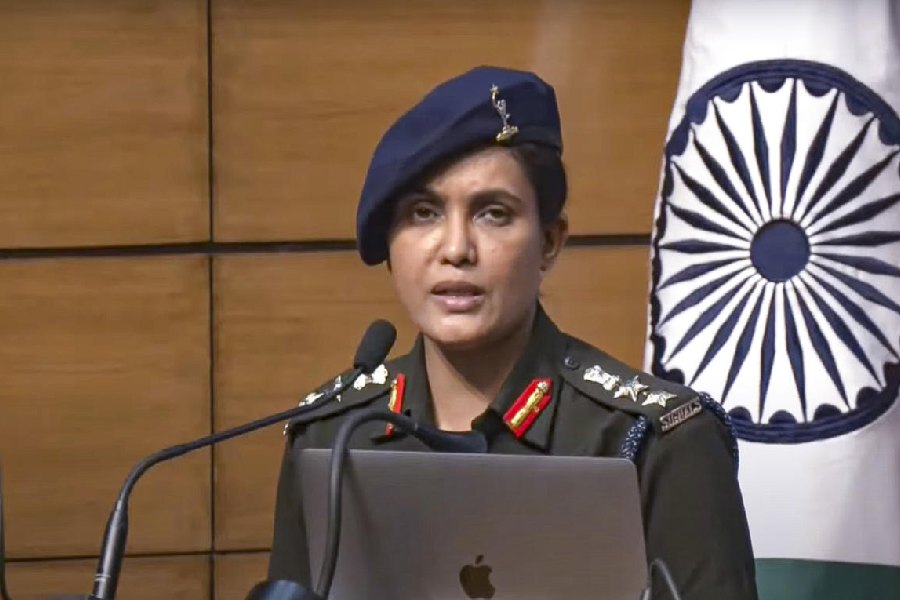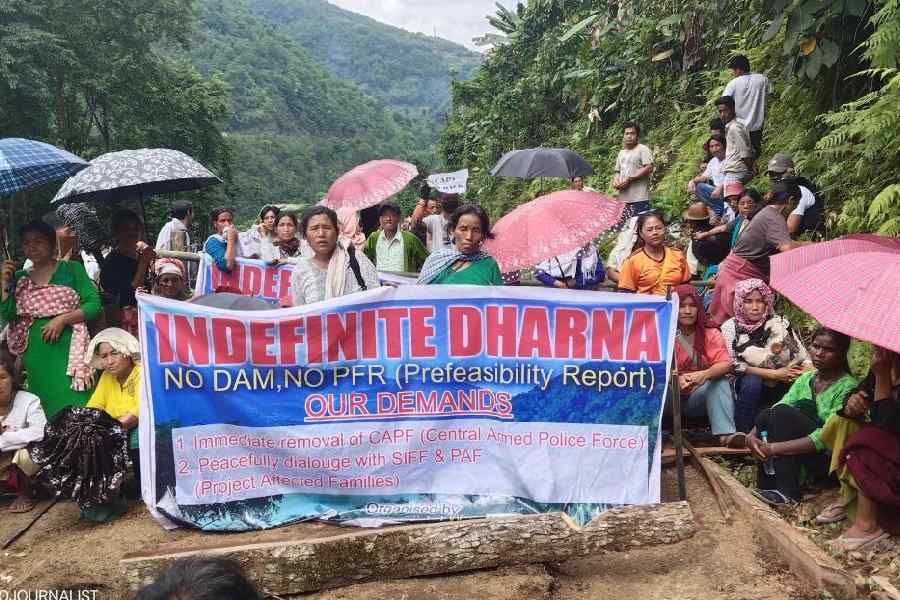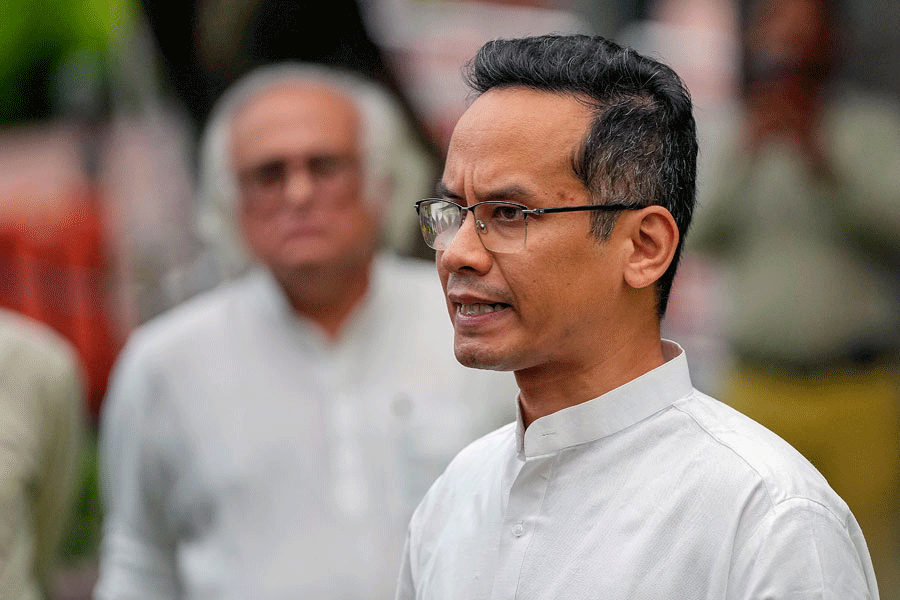 |
| Junk the fries |
New Delhi, Jan. 4: Health messages warning against the risks of fat-laden delicacies and flaunting the virtues of good diet and exercise will begin seeping into schools and workplaces in seven districts of the country.
India has launched its first public-funded effort to prevent illness and premature deaths from lifestyle-related diseases, and as the plan stands, Kamrup will be part of the healthy seven.
The National Programme for Prevention and Control of Diabetes, Cardiovascular Diseases and Stroke (NPCDS), promised in the Union budget 2007-08 and kicked off only today, will begin in seven districts, but is expected to spread across the nation within five years.
Besides, Kamrup, the programme will be launched in Jalandhar (Punjab), Shimoga (Karnataka), Nellore (Andhra Pradesh), Kancheepuram (Tamil Nadu), Thiruvananthapuram (Kerala), and Bhilwara (Rajasthan) this year.
Public health experts have long urged the government to focus on prevention of diseases, warning that the nation cannot afford the economic and human toll that lifestyle-related diseases will extract in the coming years.
It is estimated that lifestyle diseases will cause losses of nearly $230 billion in the next decade.
By 2025, there will be 70 million diabetic people in India, as against the current estimate of 35 million.
In the next 20 years, the country will have an additional 100 million people with high blood pressure, a risk factor for heart attacks and stroke.
“We’re seeing premature deaths of people below 60 years of age. We’re haemorrhaging human resources,” said K. Srinath Reddy, president of the Public Health Foundation of India.
The new programme, with a financial outlay of Rs 5 crore, will promote health messages, survey risk factors in communities, and provide diagnostic facilities and treatment to patients detected with problems.
“I’d like to ask why we didn’t start this 30 years ago. But it’s better late than never,” health minister Anbumani Ramadoss said at the launch.
The health ministry needs Rs 1,650 crore to take the programme to all districts across the country in the next five years, Ramadoss said.
But public health experts caution that besides health promotion, the government also needs to introduce appropriate policies to push people towards the right lifestyle behaviour.
“Possible options are taxes on tobacco, health warnings on processed food with high fat content, a ban on transfats (the worst among fats) and the creation of urban spaces for exercise,” said Reddy.
But the focus and the exact direction of the prevention and control programme remains unclear, sources said.
“We want the focus to be prevention through health messages,” one official said. But by introducing elements of control — diagnosis and management — it is possible that the programme may end up identifying thousands of people who need to be treated for diabetes or high blood pressure or high cholesterol but without the means to treat them.
“The government programme will identify them as needing treatment, but who’ll pay for it?” asked a diabetes specialist in New Delhi.
A health ministry document on the programme makes it clear that the private sector is the “main provider” of management and care for high-risk diseases. It said there is a need to shift the focus away from high cost and low yield (medical) technologies to more cost-effective medical care.










